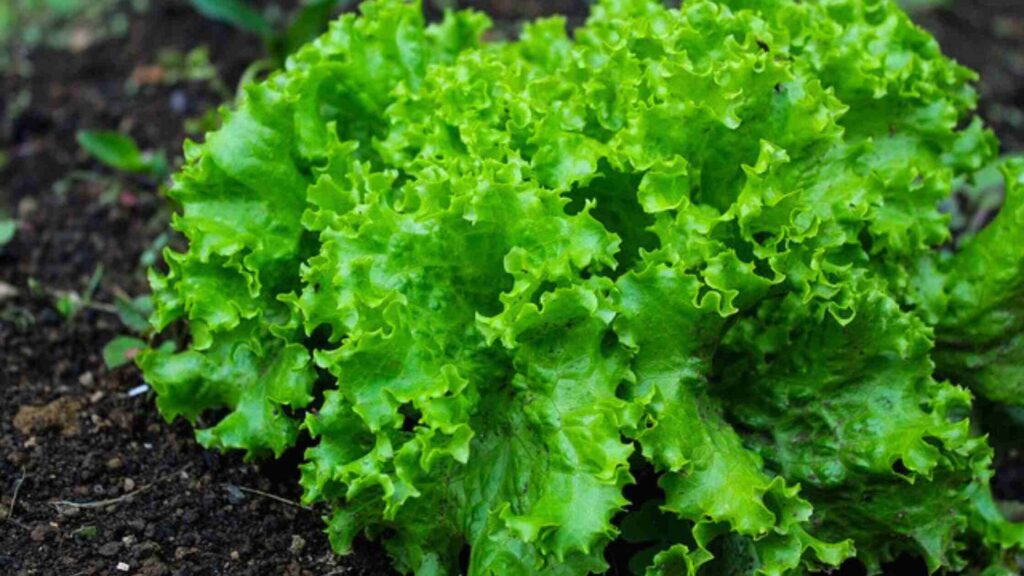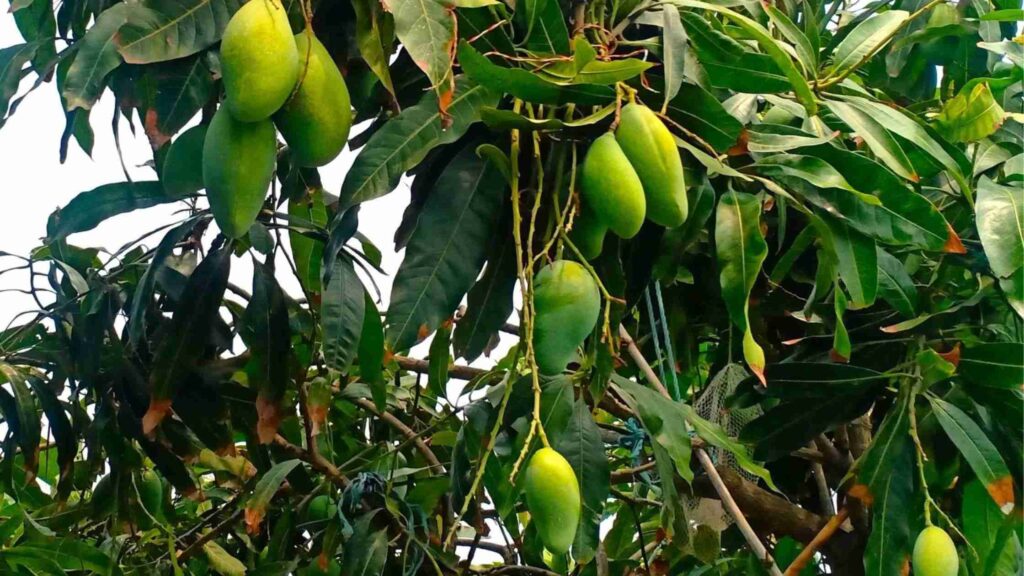Lettuce is a vegetable that is incredibly easy to grow in pots, even in small containers. It’s an excellent choice for those with intestinal transit problems and also supports the smooth functioning of the nervous system. Most lettuce varieties are ready for harvest in just 5-6 weeks. Like spinach, lettuce is both easy to cultivate and highly productive, making it perfect for gardeners with limited space.
Duration of Planting
As a cool-season crop, lettuce may be grown in pots almost anywhere from spring through fall. It is ideal to grow lettuce in the winter, nevertheless, if you reside in a tropical or subtropical climate.
Container Selection
Nearly every type of lettuce grows well in pots. They do well in wide, shallow containers because of their weak roots. Make sure the pot is at least 5 to 6 inches deep and has enough drainage holes. I used plastic pots and put 20% river sand, 30% compost, and 50% garden soil in the potting mix.
Planting Lettuce Seeds

I filled my container with potting mix, watered it thoroughly, and let it rest for 2 minutes. Then, I sprinkled the seeds evenly over the surface to avoid overlapping and covered them with a thin layer of potting mix and compost.
A local nursery may sell you a packet of lettuce seeds; however, make sure to verify the expiration date to make sure the seeds will sprout. Growing lettuce from seeds or seedlings is simple. Read this post if you decide to grow it from seeds. Sow seeds every two weeks during the growth season to achieve successive planting, which will result in a continual harvest.
In summer, when the weather heats up, lettuce tends to bolt. To reduce this tendency, keep your potted lettuce in a cool spot and provide adequate shade.
Maintaining Space
When growing lettuce in a tiny container garden, it’s best to pick it frequently utilizing the “Cut and Come Again” technique. This method reduces the requirement for distance. Plant seeds in a dense layer, thin out the seedlings as they grow, and remove any immature, fragile leaves on a regular basis. Depending on the cultivar and leaf size, I have kept my plant spacing between 4 and 6 inches. On the other hand, head lettuces need to be planted 6 to 8 inches deeper and with greater spacing between them than leaf lettuces.
Location Selection
Lettuce may grow in partly shady places as well as in sunlight. However, position the container so that it receives just a few hours of early sun if you’re growing lettuce in a warm climate with strong sun. Since lettuce likes its soil to stay constantly moist, provide shade during the hottest part of the day to keep the soil from drying out. Since lettuce is sensitive to heat, I also moved the container to a cool area when the temperature rose.
Soil Selection
I utilized a premium soil mix that was high in organic matter, including compost and coco peat, to grow strong lettuce. I’ve added more compost or well-rotted manure. I’ve made sure the soil is loamy, has good drainage, and doesn’t hold onto water for too long.
Watering the Plant
It could be essential to water shallow potted plants frequently to keep them from drying out entirely. I have made sure the soil stays just barely damp, but watch out not to water it too much since this can lead to root rot. I reapplied potting mix or compost to the seeds as soon as any of them sprouted after I had given them water.
Fertilizer the Plant

Because lettuce plants mature quickly, a single or double application of fertilizer is usually sufficient to boost production. I have waited a few weeks for the seedlings to establish before fertilizing. I have used liquid compost fertilizer for a quick boost. When fertilized, I have followed the manufacturer’s instructions, as both over- and under-fertilization can be harmful.
Pests and Diseases Management
Protecting lettuce plants in containers from insects that consume leaves is essential. Pests and illnesses are less prevalent in healthy plants, although common problems include mildew, leaf spot, rot, and numerous bacterial infections. In addition, pests including beetles, aphids, maggots, caterpillars, and cutworms can harm plants. Lettuce health may be maintained with timely action and regular monitoring.
Harvesting the Lettuce

Once the lettuce leaves reached a height of 4-6 inches as my desired size, I harvested them by picking the outer leaves individually and cutting them off about 1 inch from above the base or crown. I was careful not to cut into or below the crown, as this could harm the plant. By harvesting that way, the plant will regrow, allowing for multiple harvests. Lettuce is a healthy and continuously productive salad, rich in water, fiber, vitamins, and minerals such as calcium, magnesium, potassium, and sodium.



